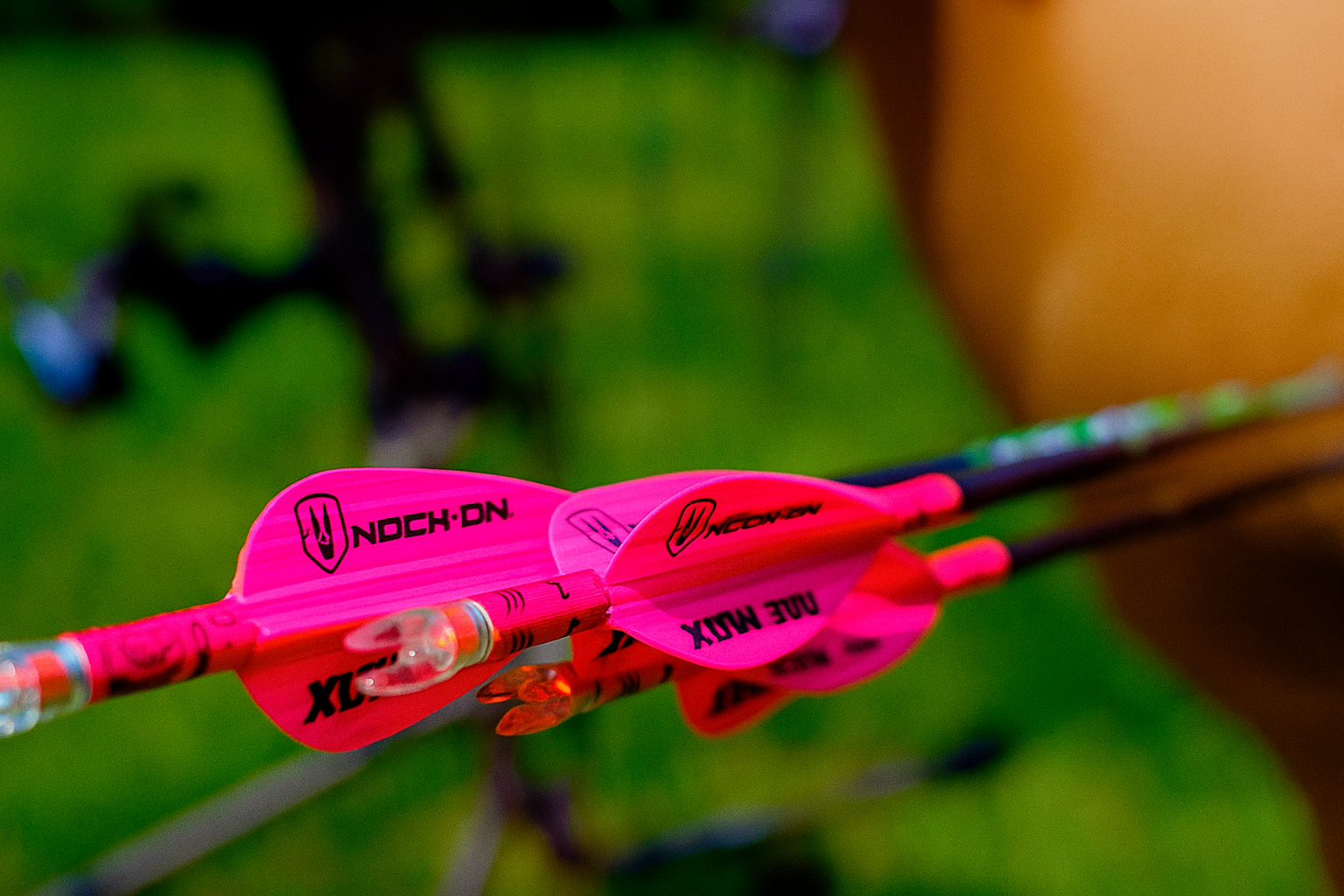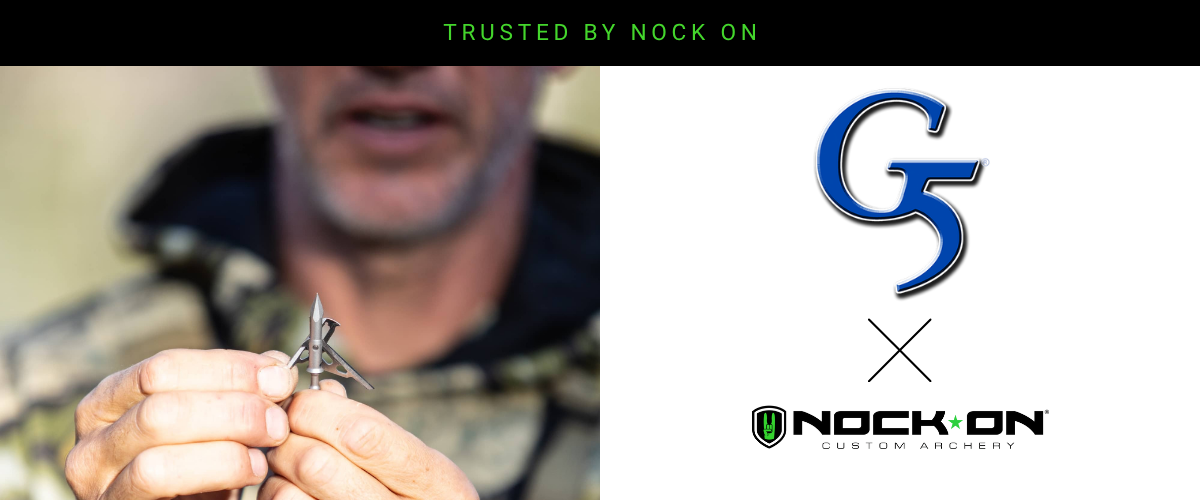When you’ve been at this game as long as I have, you know the most successful archers aren’t necessarily the ones who have the fanciest rig or the most expensive components. They’re the ones who put in the work when no one’s watching.
On a perfect practice night in Iowa with golden hour light casting long shadows across my range, this reality hit home again. I was reminded of how much the fundamentals matter while filming new content for HuntWise with their team. You can have all the arrow-building knowledge in the world, but without consistent practice, it’s just theory.
Don’t get me wrong: Understanding arrow setup is key. There’s solid content in the HuntWise app where I walk you through everything you need to know about building arrows that perform.
But what changes that knowledge into results that matter? Consistent, deliberate, no-excuses practice.
The 60-Pound Sweet Spot and My “Secret” Arrow Setup
Right now, I’m shooting in the upper 60s for poundage.
I could bump up by changing limbs, but I’m feeling dialed at this weight. The bow feels like an extension of my arm, and my groups are tight enough to make me question if more poundage is even necessary.
But here’s where it gets interesting: I’m still getting impressive speeds with the moderate draw weight. How? It comes down to arrow selection.
If you look closely at my quiver, you’ll notice something odd: These are actually Easton 5.0s wrapped in my Axis graphics. It was a little secret from prototype testing last year, but it’s become my go-to setup for a reason.

These lighter arrows are great if you’re:
- Shooting lower poundage but want higher arrow speeds
- Looking to boost your FOC (Front of Center) balance
- Not primarily concerned about maximizing total arrow weight
When I eventually bump up to a higher poundage, I’ll likely switch to a heavier arrow, where the Axis or FMJ have been undeniably reliable. But for anyone staying in that 60–70 pound range, especially if speed or distance is a factor, don’t overlook the new Easton 5.0s. They deliver downrange performance that’ll surprise you.
The Most Valuable Practice Mistake You Can Make
During my session, I set up for a long-range shot on a 3D elk target. I drew, settled, and released, only to watch my arrow dive under the target.
Classic mistake: I had my sight set for 60 yards on a 70-yard target.
This is the kind of error you want to make now, not when you’re staring down a September bull at first light. As I called my dog Luna back from retrieving the arrow, I couldn’t help but think about how critical these moments are in your development as a shooter. I like showing all of you my mistakes because they set in harder! It’s embarrassing for sure, but if it prevents me from making that same mistake on an animal, then the practice has served its purpose! Learning from your mistakes.
I adjusted my sight to the correct 70-yard setting, drew again, and sent the arrow into the vitals. Night and day difference from the same shooter with the same equipment, all from one small adjustment.
This is the reality of bowhunting that Instagram doesn’t show you. After decades of shooting, I still make mistakes. The difference is I want to only make them in practice, learn from them, and reduce the chances of repeating them when it counts.
Two-A-Days: The Commitment That Creates Results
Weather in Iowa has been anything but cooperative lately. Between lightning, tornadoes, and hail, Mother Nature has been throwing a fit.
But barring conditions that would make practice dangerous, I’ve committed to two-a-days: practicing twice daily.
This level of commitment separates good shooters from great ones. My Nockturnals are nearly worn out from use, and that’s exactly how it should be. When your equipment shows honest wear from practice, you’re on the right track.
The results speak for themselves. The goal is that each arrow lands precisely where intended, grouping tightly in the vital zones.
That consistency doesn’t come from reading articles or watching videos. It comes from drawing, anchoring, and releasing thousands of times until the process becomes as natural as breathing.
The Truth About Practice
You can spend hours researching the perfect arrow spine, debating broadhead designs, or calculating FOC percentages. Those discussions have their place. But none of it matters if you can’t consistently put your arrow where it needs to go when pressure is high and conditions aren’t perfect.
The most sophisticated equipment in the world won’t compensate for lack of practice. Your body needs to learn through repetition what your mind already knows in theory.
So get out and practice. Not just when it’s convenient. Not just when the weather’s nice. Not just at comfortable distances on familiar targets.
Practice when you’re tired. Practice at challenging angles. Practice at distances that make you uncomfortable. Make mistakes now so you won’t make them later.
When that moment of truth arrives in the field, when everything you’ve worked for comes down to one perfect shot, your arrow choice won’t determine success. The muscle memory and confidence built through countless hours of practice will.






 massmonopoly
massmonopoly